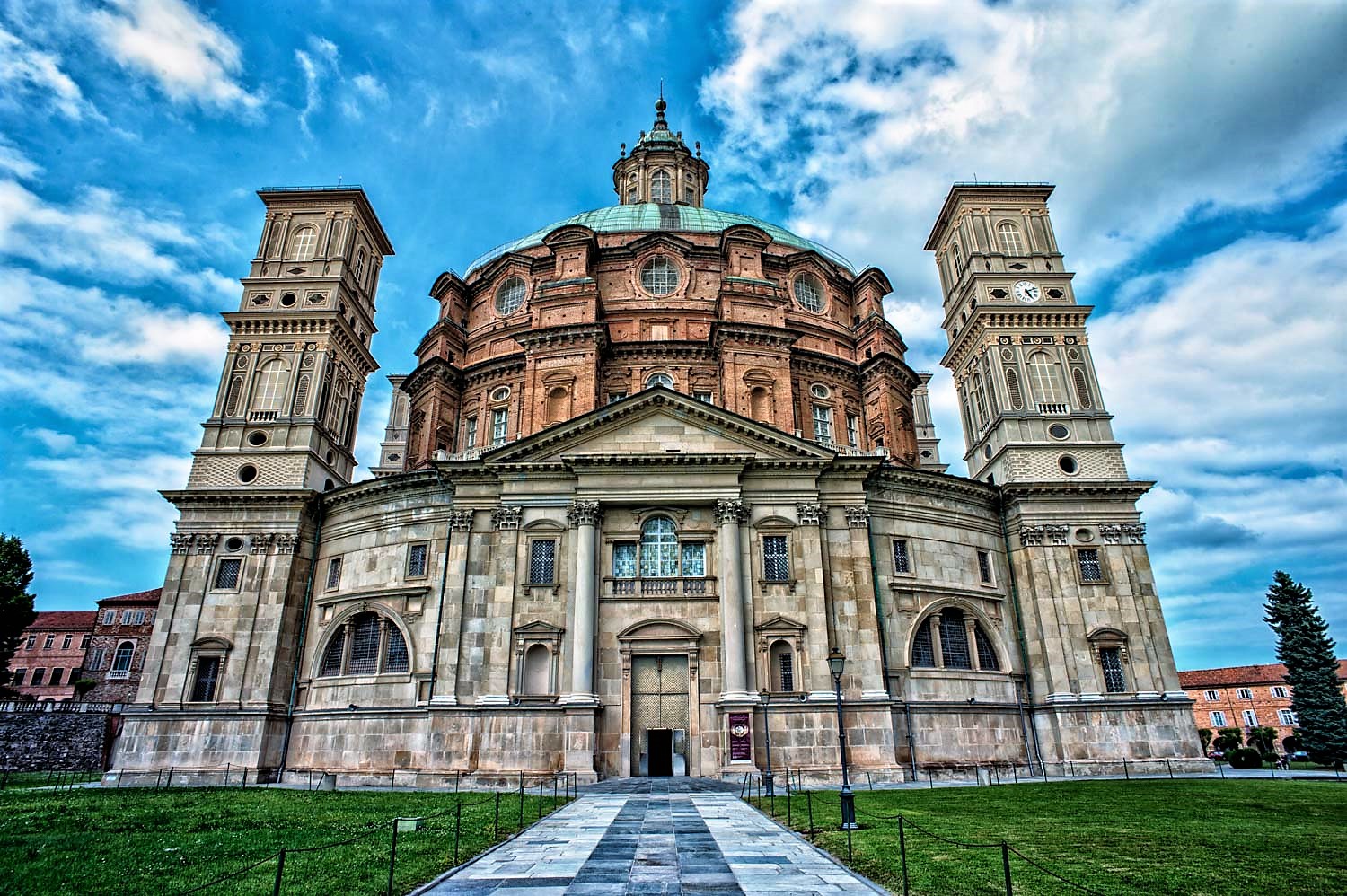In Italy it is known that art and culture abound in all regions. From north to south, cultural sites are omnipresent. Some of them then manage to break some world records. This is the case with the Vicoforte Sanctuary, located in the municipality of the same name, in the province of Cuneo. Its peculiarity lies in its elliptical dome: it is in fact the largest in the world!
For a blunderbuss shot
The dome was built in the XNUMXth century, however the Vicoforte Sanctuary has a much older history. Already in the Middle Ages there was a small place of worship characterized by a votive pylon. Here there was a fresco depicting the Madonna and Child, built by a kilnsman of the time as a good omen for his business. The small pylon was in the middle of the woods, in an area where intense hunting trips were used.

And it was during one of these hunts that, in 1592, the hunter Julius Sargiano accidentally hit the fresco with the Virgin. According to legend, the wall, much to the hunter's surprise, began to bleed. Repentant for what happened, Sargiano hung his arquebus on the wall and started a fundraiser to remedy the accident. The answer was not long in coming and in a few days it was possible to cover the entire cost of the restoration. However, that event transformed the small votive pillar into a destination for thousands of pilgrims. This attracted the Duke's attention Carlo Emanuele I of Savoy who commissioned the construction of a sanctuary capable of hosting the many faithful. The work was entrusted to the architect Ascanio Vitozzi with two specific requests: to make that sanctuary a mausoleum for Savoy House and show off Sargiano's famous arquebus.
The dome of the Vicoforte Sanctuary
But when was the dome built? As mentioned before, we have to wait until the eighteenth century. To be precise, 1730 when the architect Francis Gallo he managed to get the majestic work financed. In just five months (from June 1731 to October of the same year) the imposing elliptical dome was completed. 74 meters high with a length of 37 meters on the major axis: there was no such thing in the world. Curious the anecdote that tells of the terror of the workers who, once completed, refused to remove the scaffolding. In their opinion, in fact, this structure would never have held up and it was Gallus himself who removed the first scaffolding.

On the sides there are four bell towers, built in different eras. The internal decorations (frescoes, paintings, etc.) were entrusted to Matthias Bortoloni e Happy Biella. The dominant theme of all the works refers to Salvation, while the statue of Margherita di Savoia bears the signature of Giuseppe I Gaggini.
The complex is today considered one of the most grandiose and fascinating works in the world. Symbol of mannerism, but also of the Baroque as well as of Italian architecture in general. A jewel to be admired in every season of the year!





